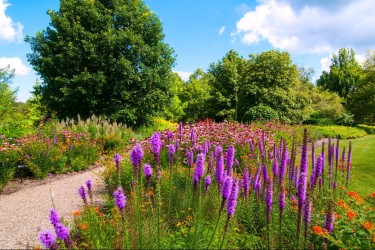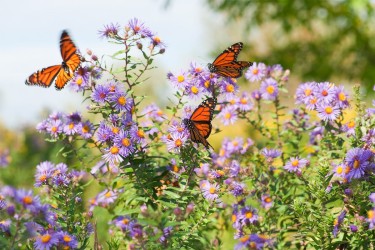Winter is the best time to plan next year's garden. These 12 spring blooming, hardy perennials and shrubs can survive frigid temps as low as -40 F.
Every editorial product is independently selected, though we may be compensated or receive an affiliate commission if you buy something through our links. Ratings and prices are accurate and items are in stock as of time of publication.
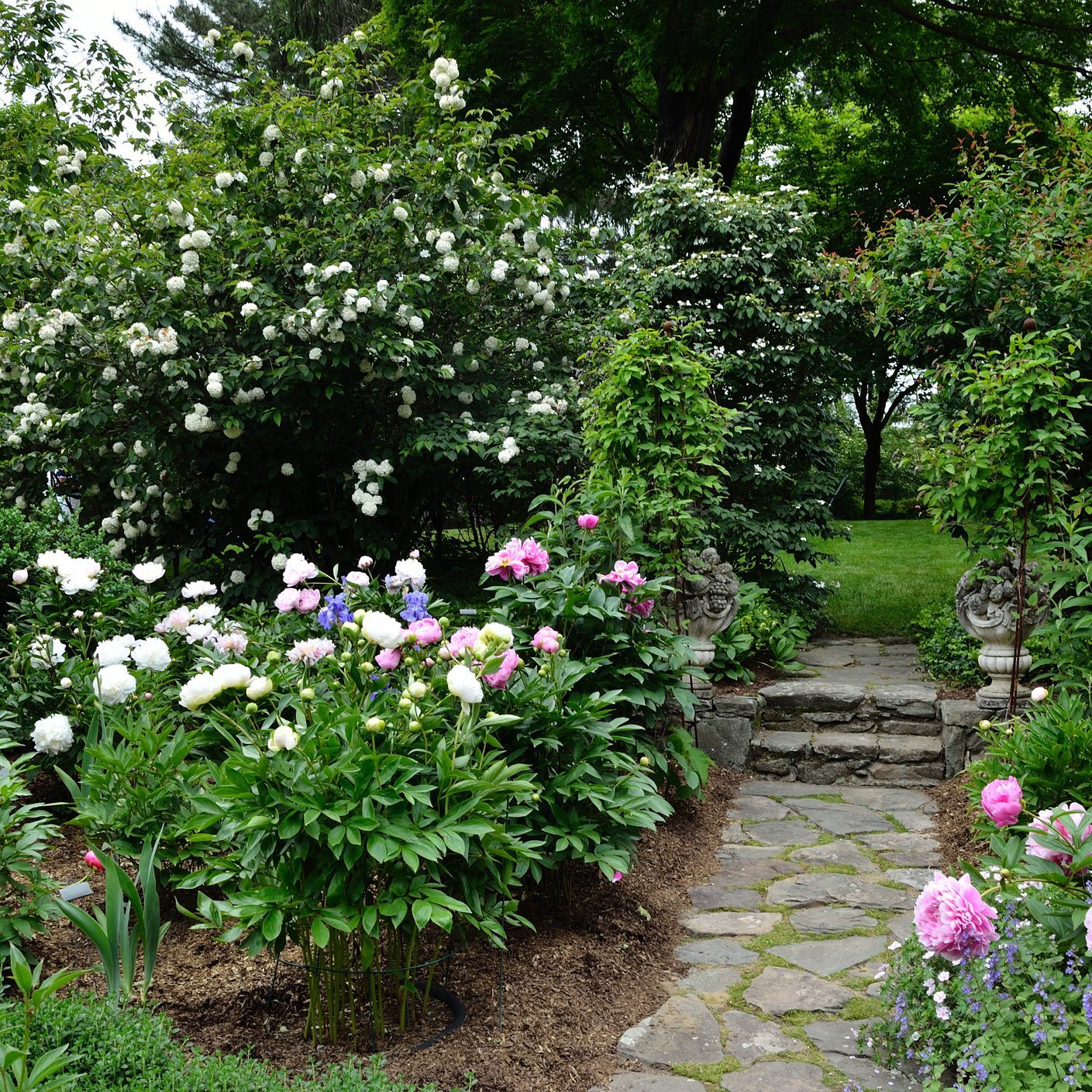
Choosing the Best Spring Blooming Plants for Northern Climates
Right now, it may be too cold for gardening where you live, but winter is the best time to plan next year’s garden. Take the time now to do your research on which plants will work best in your climate, especially those that can survive your winter temperatures. If you find a few new must-haves that might be difficult to find at local garden centers, reserve them now from an online or mail order source.
A few more tips for choosing the best spring blooming plants for your northern garden:
- Pay attention to how much sun a plant needs, keeping in mind that plants grown in very cold climates can often handle more sun than those grown in warm ones.
- If you have heavy clay soil, avoid plants that require well-drained soil, or you’ll end up spending a lot of time improving your soil to accommodate your plants.
- Remember that perennials and shrubs often bloom off cycle the first year you have them. Some spring blooming plants may have already finished flowering by the time they make it into your garden, but they should be right back on track the following year.
The plants recommended here all thrive as far north as U.S. Department of Agriculture plant hardiness zone three (-30 F to -40 F). You’ll find them in full bloom as early as April, continuing through June, depending on the variety you choose.
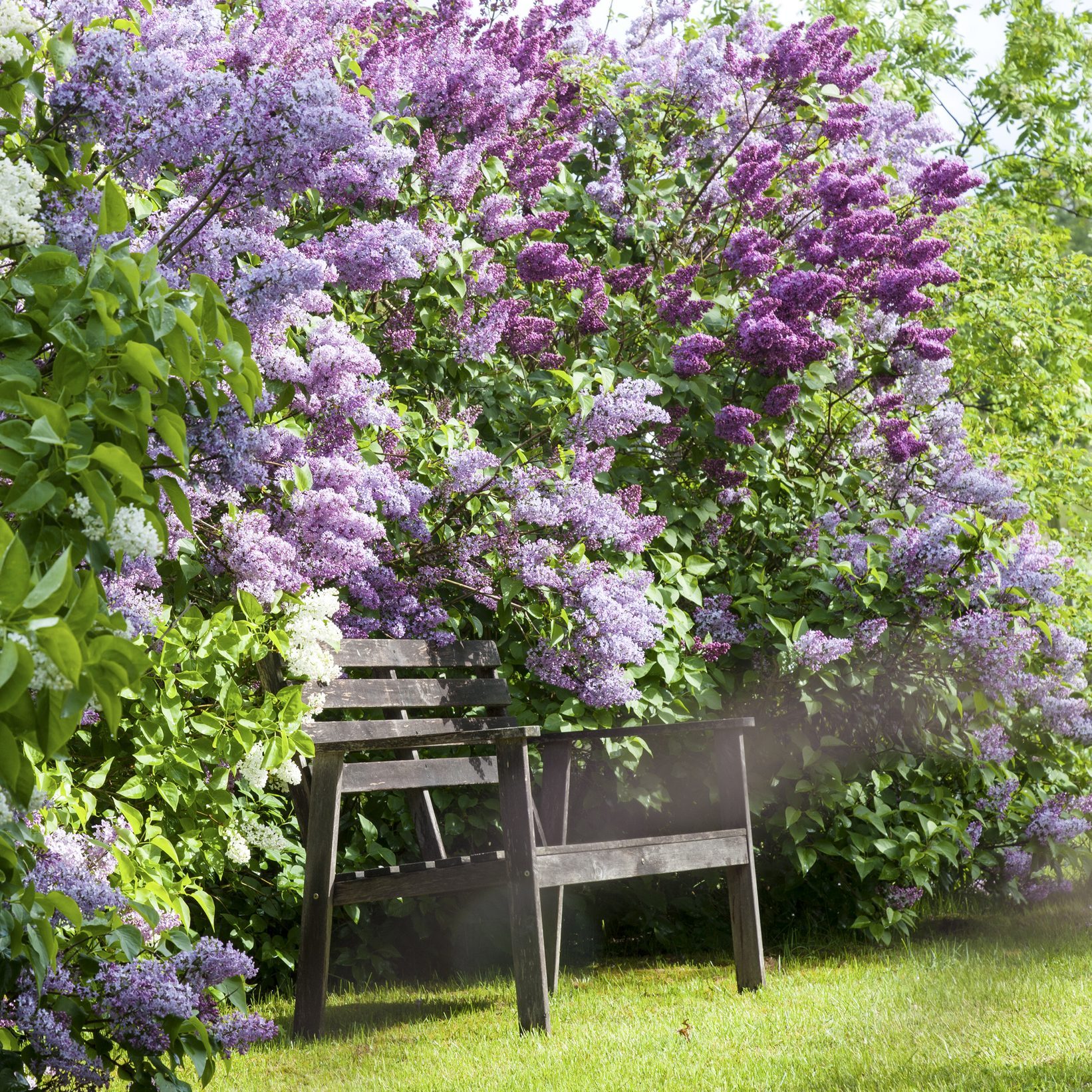
Lilac
Even with your eyes closed, you’ll recognize this iconic spring blooming shrub. Its heady fragrance is unmatched in the May landscape as fluffy, pyramid-shaped cluster of purple, lavender, pink or white florets erupt into full bloom. There’ll be enough to cut and bring an armful indoors — just be sure to slit the stem vertically before plunking them into the vase to help them last longer.
Lilacs need full sun to thrive and bloom in USDA zones three through seven. Plus, the sunshine will help avoid powdery mildew which tends to plague old-fashioned cultivars. They’ll bloom better if you don’t fertilize them, and they are drought tolerant once established.
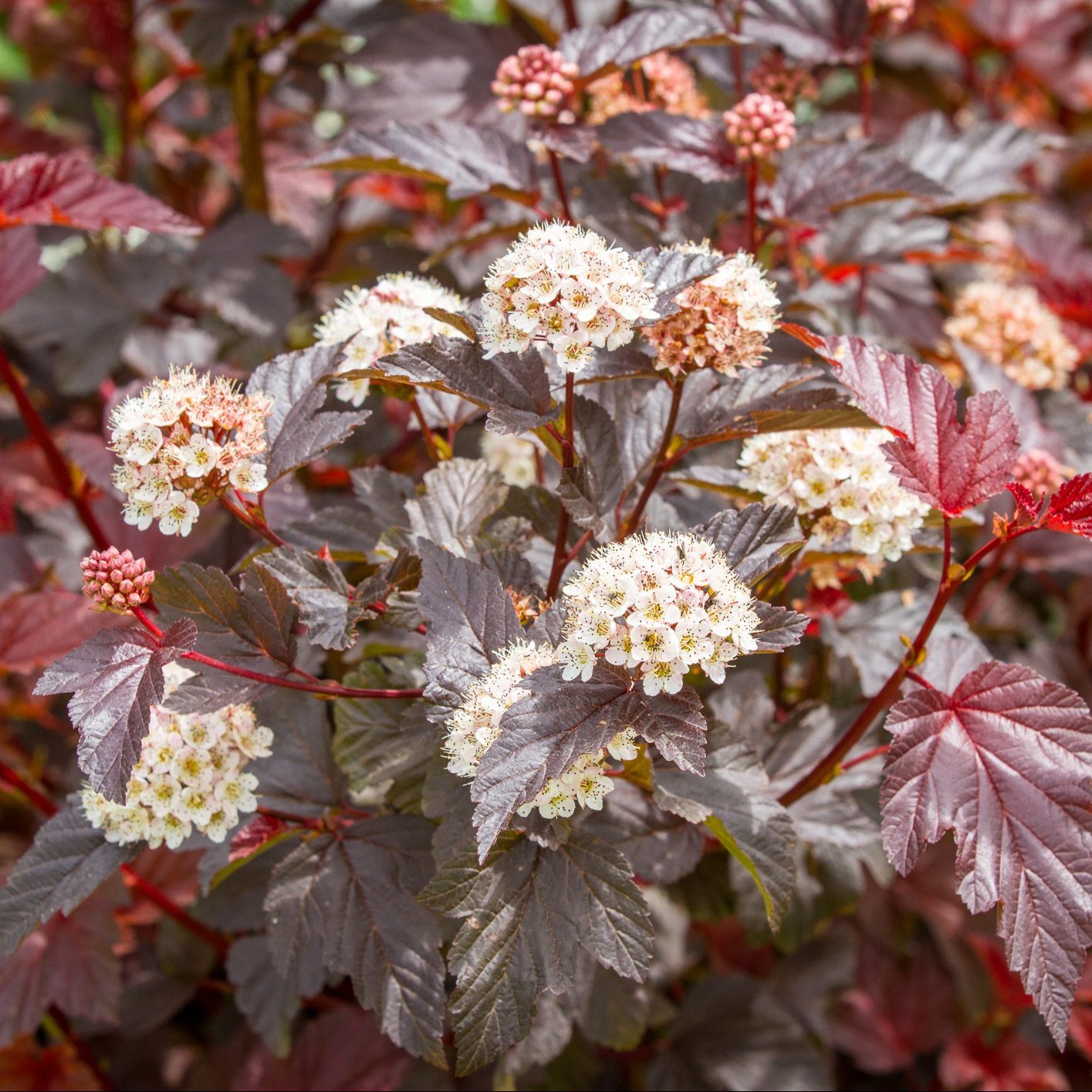
Ninebark
You might assume that such an ornamental shrub would have a delicate constitution, but that’s not true for ninebark. This tough shrub is native throughout much of central and eastern North America, growing in full sun as far North as USDA zone two. It is not fond of heat and humidity though, so gardeners South of USDA zone seven are out of luck.
You’ll find both dwarf and large varieties of ninebark with deep red, near-black and gold foliage at garden centers, so check the label carefully for sizing. All bear similar clusters of white or pale pink flowers in late spring that transform into handsome red seed clusters in summer. Passing bees enjoy their pollen.
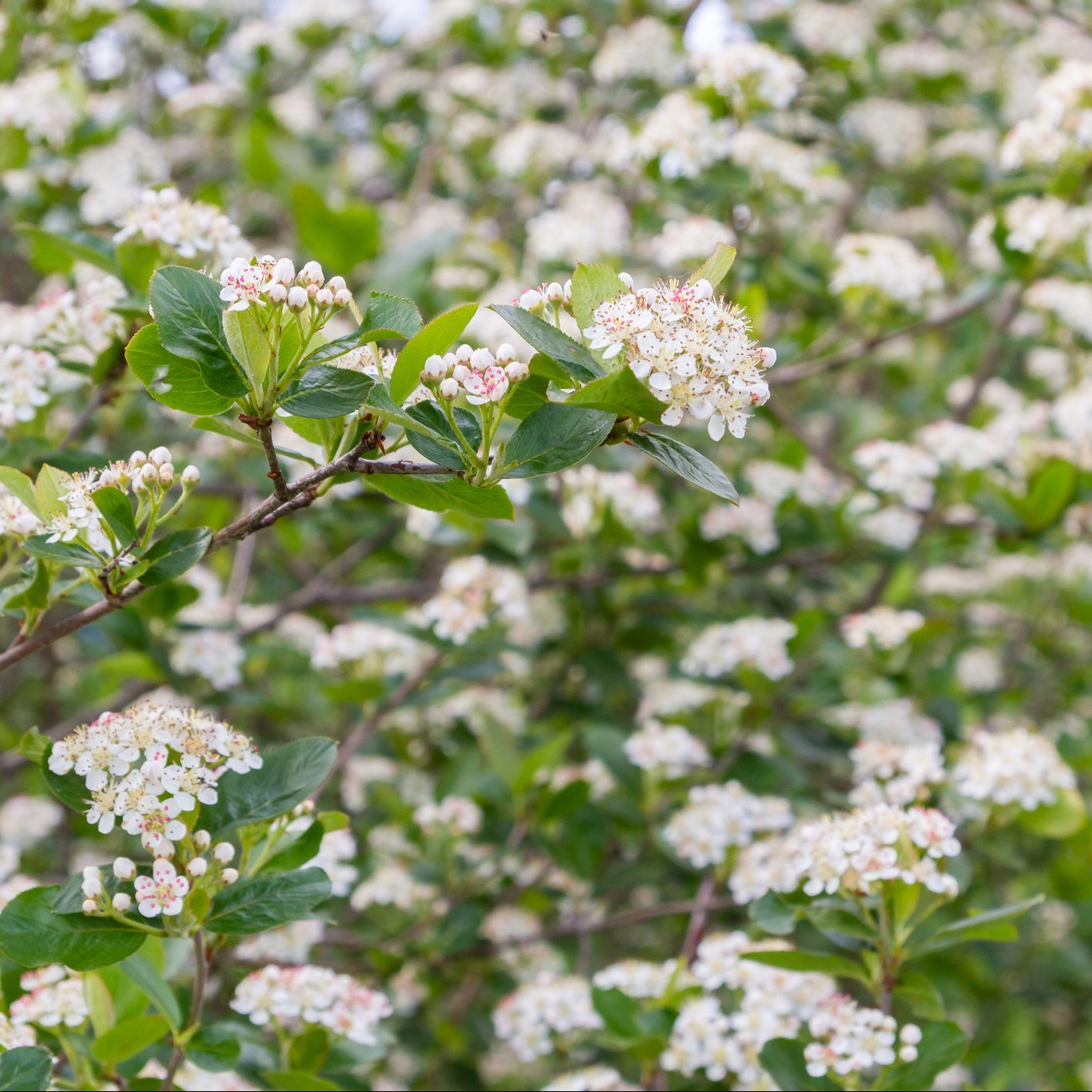
Aronia
Abundant mid-spring blooms that are a bee’s delight are just one reason you’ll want to grow this durable native plant. It thrives in the most adverse conditions in USDA zones three through nine, from wet to dry, rich to rocky soil, on flat land or slopes, in sun or part shade. Aronia is a spreading, groundcover-like, woody shrub that bears glossy green leaves that turn incredibly brilliant shades of scarlet, orange and purple in autumn.
Also known as chokeberry, aronia produces terribly bitter, black fruits about the size of a blueberry in the fall. They are technically edible, but you might choke from the taste so it’s best to leave them for birds to enjoy.
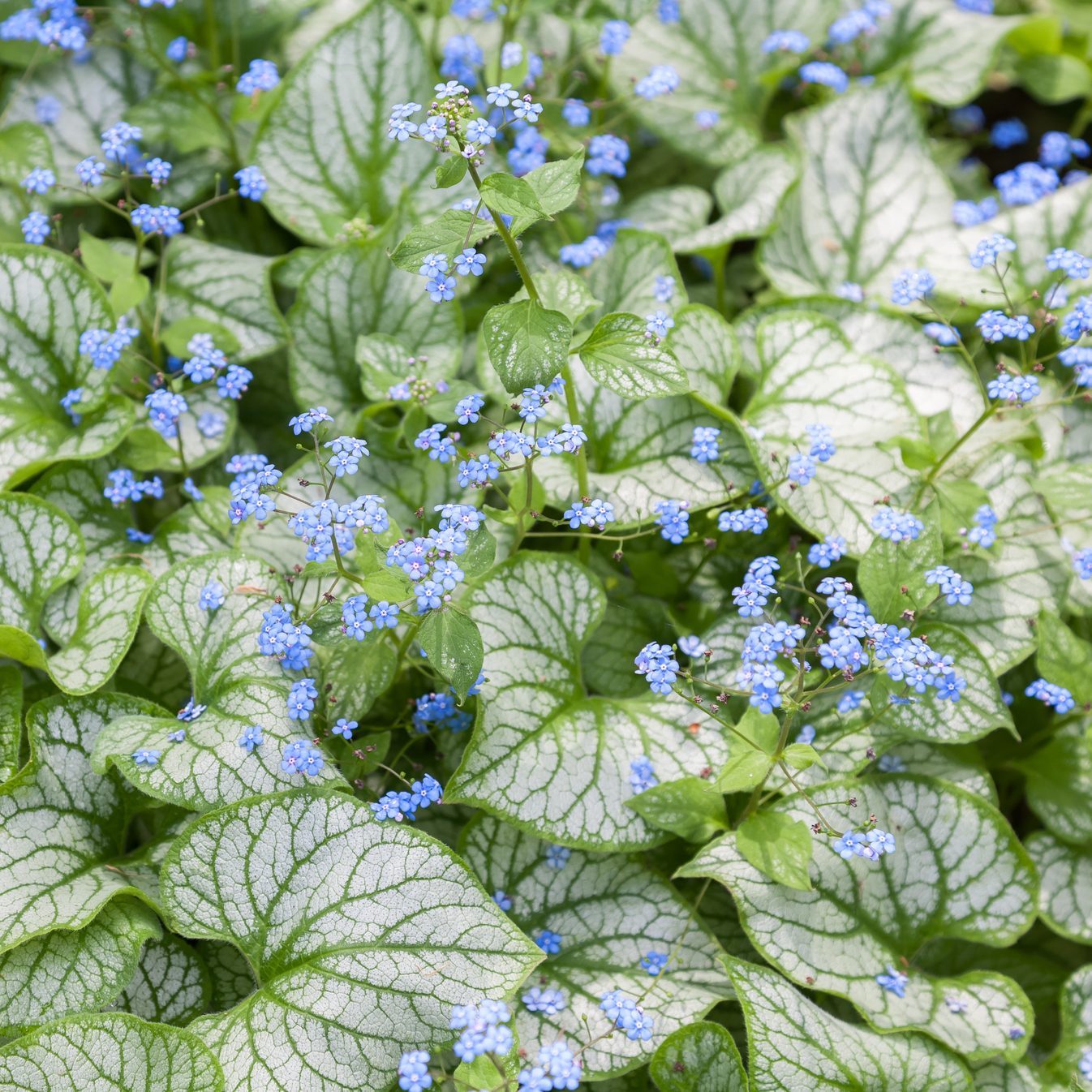
Brunnera
Blue is a welcome color in the garden any time of year, but there’s something extra magical about seeing these baby blues in early spring. Clusters of tiny forget-me-not-like blossoms dance above the mound of silvery heart-shaped leaves for nearly a month before fading. They are especially lovely when paired with the next spring bloomer on our list, bleeding heart, in part shade to full shade in USDA zones three through eight.
Remove the flower stalks once they are spent and then watch how the leaves expand to the size of your palm by the time summer arrives. ‘Jack of Diamonds’ bears exceptionally large nine- to 10-inch-wide leaves and is far more disease resistant than older cultivars.
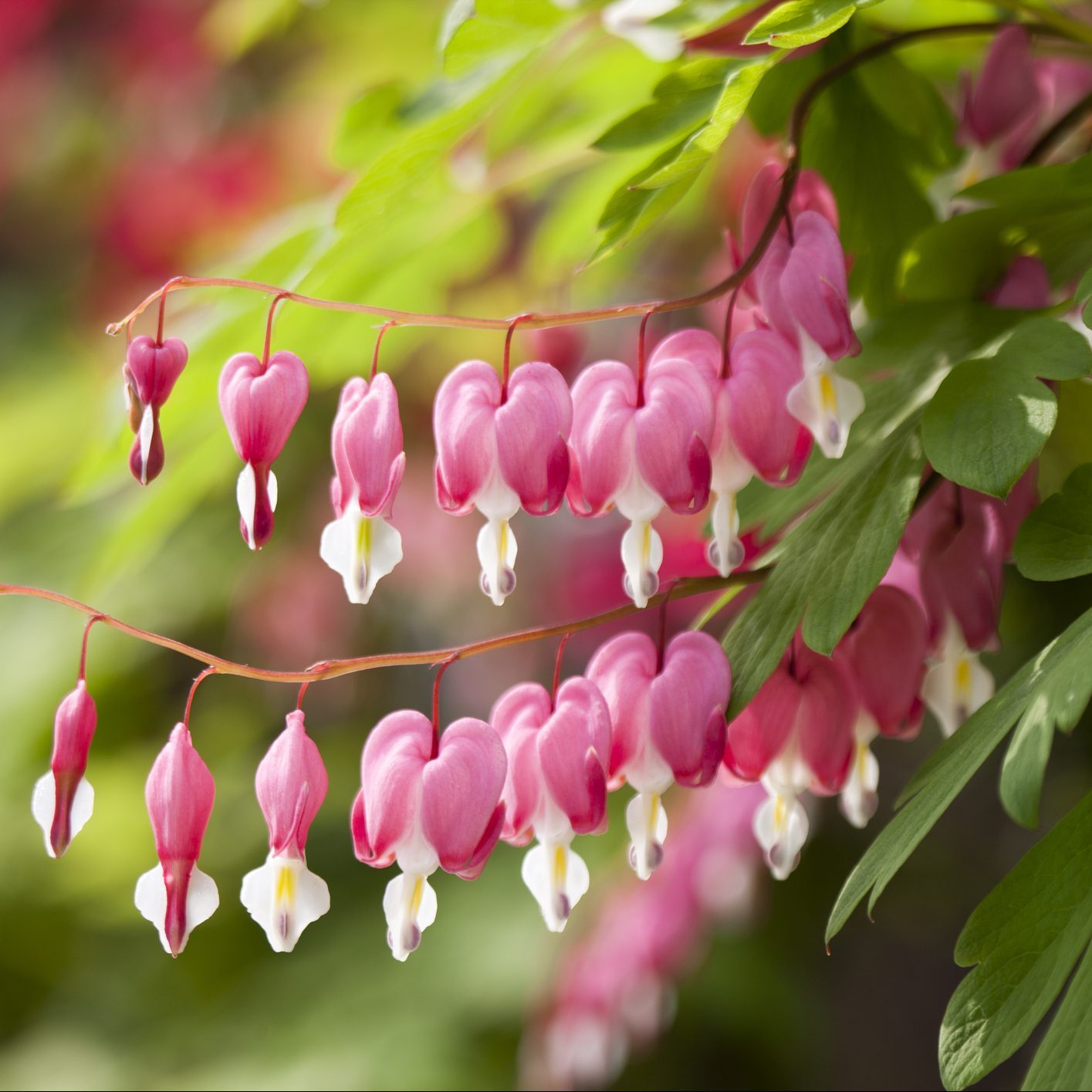
Bleeding Heart
Charming strands of puffy pink blossoms in the shape of a perfect heart dangle from this classic spring blooming shade perennial every year in USDA zones three through nine. Over the years, it matures into a large, airy mass of fresh green foliage adorned with dozens of flower stems. Observe closely and you’ll notice that bleeding heart flowers are a favorite food of fuzzy bumble bees who will inspect each blossom for nectar. Thankfully, deer don’t seem to be interested in it.
Be prepared for this perennial to go dormant in the heat of summer. You will notice that its leaves start to turn yellow as the plant begins to go to sleep. Once it has turned all gold, cut the whole thing down to the ground. Rest assured it will pop right back up early the following spring for a repeat performance.
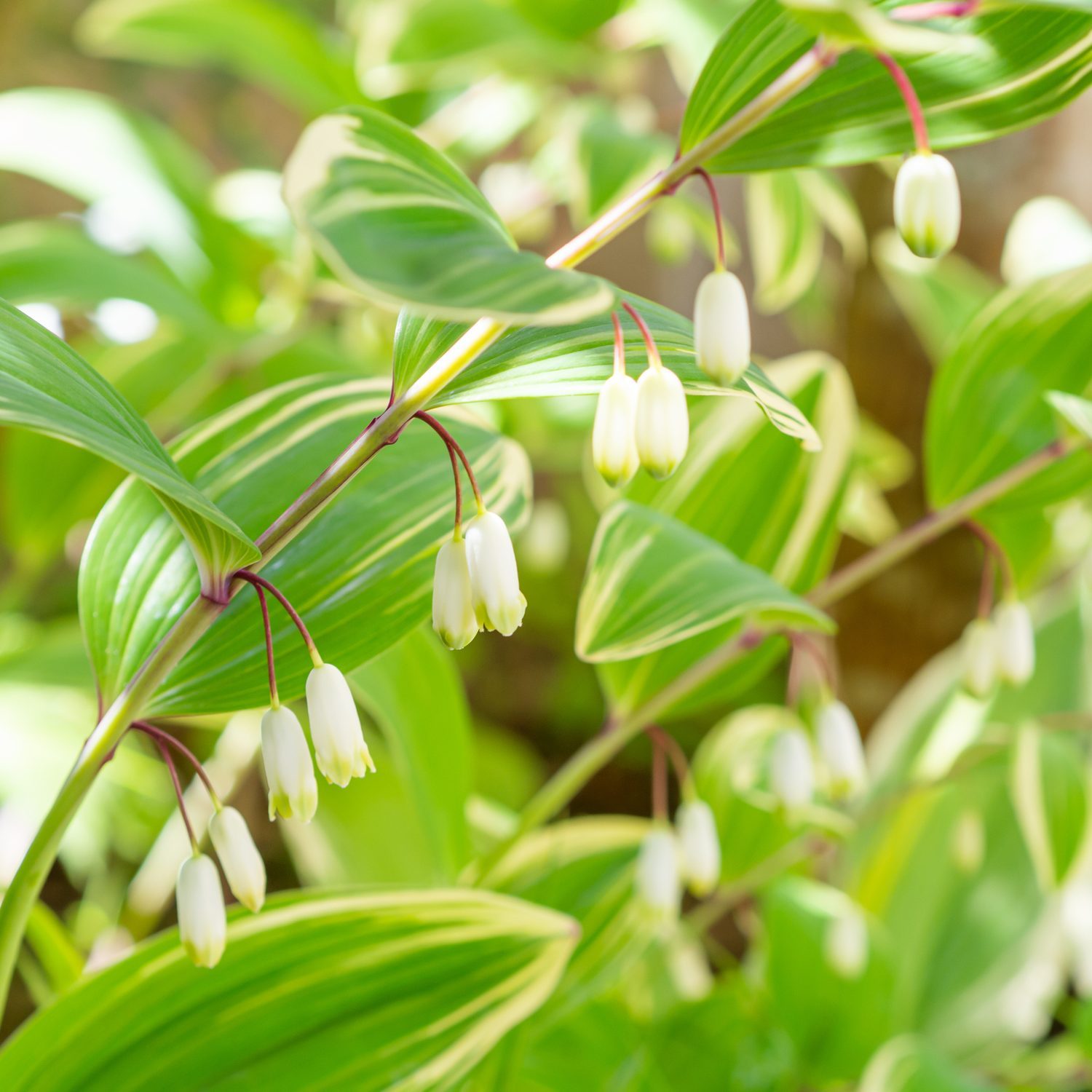
Variegated Solomon’s Seal
It’s surprising how many people are unfamiliar with this elegant spring blooming perennial for USDA zones three through nine. Once you grow it, all of your gardening friends will want a piece. It’s perfect for a low-maintenance shade garden as an 18- to 24-inch tall groundcover. It spreads slowly by thick, white rhizomes that grow just under the soil surface, so they are easy to take up and transplant if you wish.
Creamy white, tubular blossoms march up the arching stems lined with fresh green leaves with cream edges for a few weeks each spring. The flowers’ opening is just wide enough to let pollinators in for a quick sip before moving on to your brunnera and bleeding hearts, all of which make lovely companions for Solomon’s seal in partial to full shade.
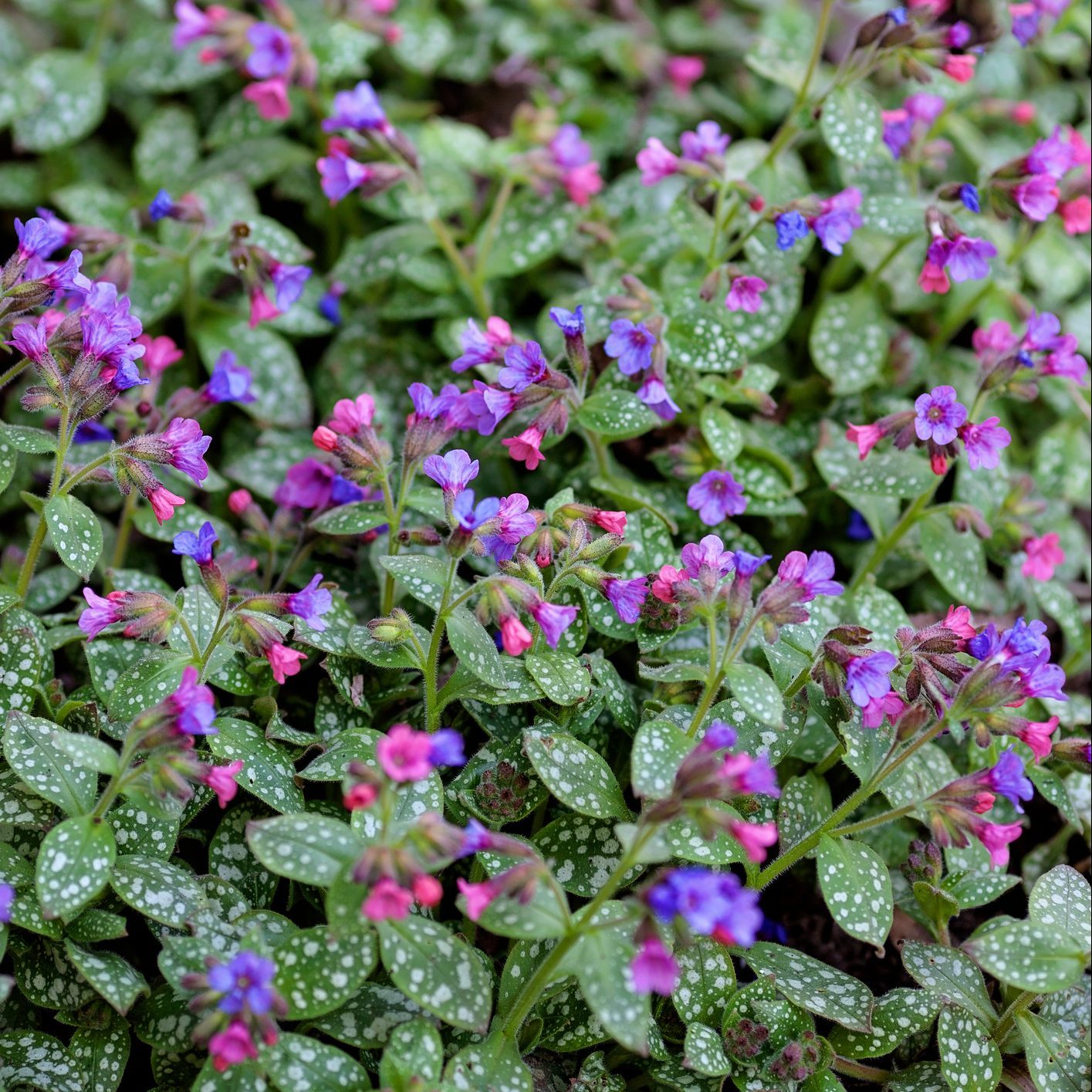
Lungwort
If there was ever a more beautiful perennial with such an unfortunate name, this is it! Lungwort was once believed to have medicinal properties that could treat lung diseases but has since been proven to have no such benefits. What it does have to offer is interesting foliage and vivid pink, blue and purple flowers that appear prolifically in early spring. They are one of the first food sources to bring in pollinators in the new season.
After a fairly brief bloom time, you’ll enjoy this USDA zone three through nine hardy perennial’s silver speckled, deep-green leaves for the whole rest of the season. It pairs beautifully with ferns, hostas, Jacob’s ladder and other moisture-loving perennials in partial to full shade conditions and is deer resistant.
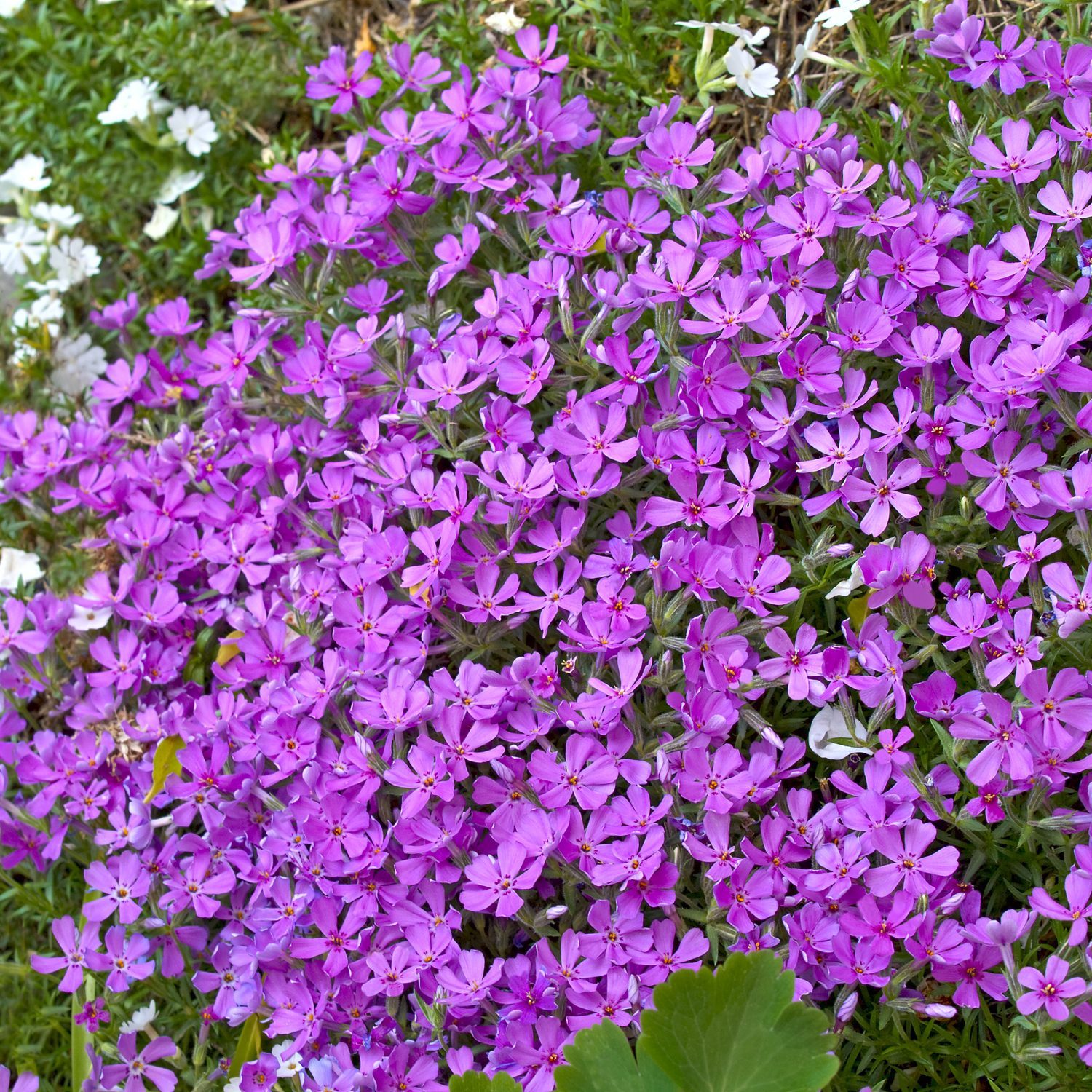
Creeping Phlox
This evergreen groundcover gets the party started every spring by carpeting the landscape with vivid swathes of pink, purple, blue or white blossoms. You’ll barely see its bright green foliage when it is in bloom as hundreds of five-petaled flowers appear. Use it to cascade down a slope, tuck it between rocks in a wall, or line the sunny pathways you walk at the first sign of spring.
Sharply drained soil, meaning soil that never gets waterlogged, is the key to keeping this plant healthy. It also prefers not to be shaded much at all, even in the upper ends of its USDA zones of three through eight. Do you have a sunny hillside where this flashy perennial could usher in the new season?
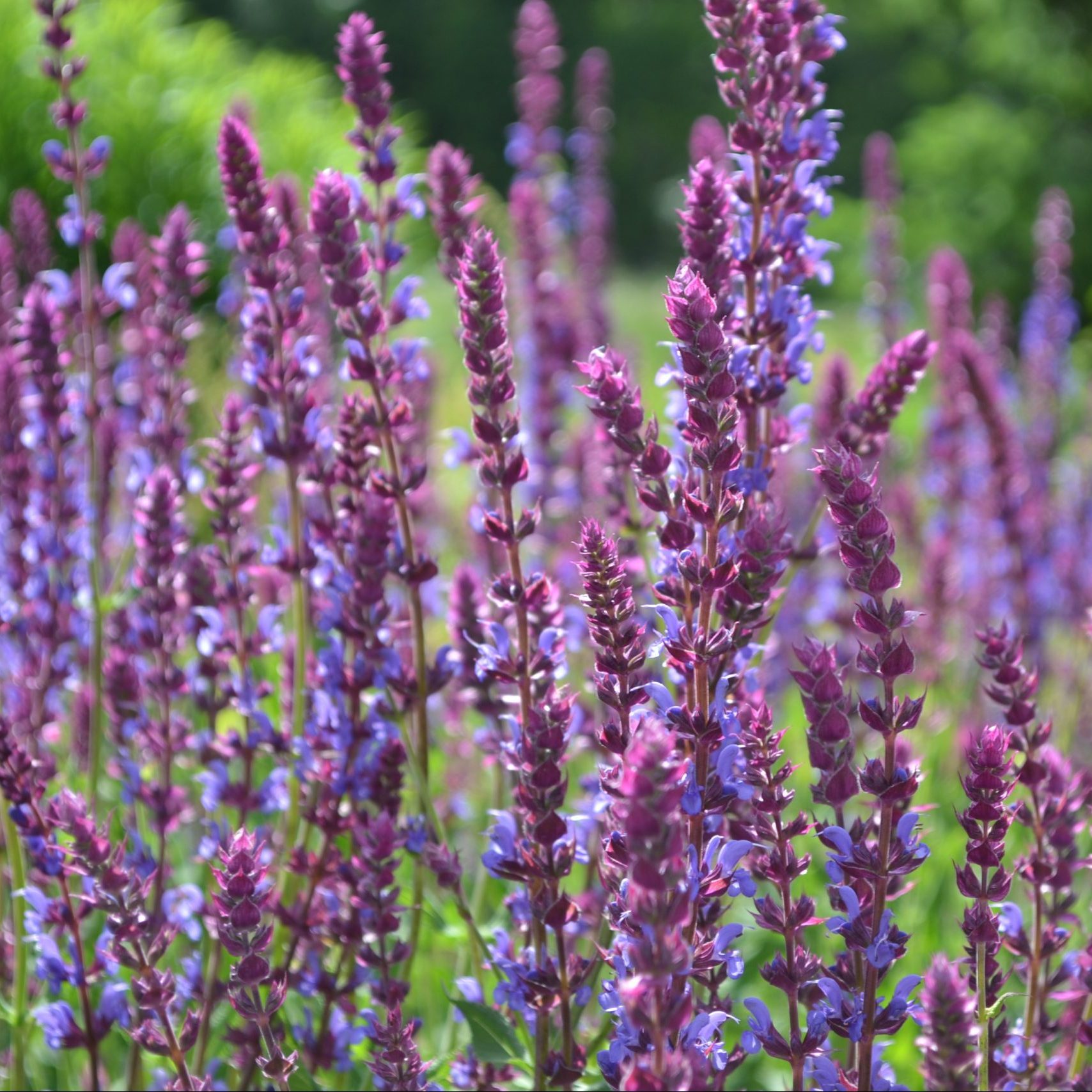
Salvia
Perennial salvias have long been staples in the spring landscape, but interest in the New Perennial Movement driven by the work of world-renowned landscape designer Piet Oudolf has recently brought them to the forefront. In Oudolf’s designs, you’ll see large swathes of vivid purple salvias planted in a riverlike thread among early blooming alliums, ornamental grasses and other herbaceous perennials. It looks its best in groups of at least three, so be sure to pick up several when you’re at the garden center next spring or placing your online order.
A few tips for growing perennial salvia successfully:
- Plant it in full sun in USDA zones three through eight. This plant does not like shade.
- Let the soil dry out a bit between watering and don’t let it get waterlogged.
- Feed sparingly, as plentiful nutrients can make stems floppy.
- Remove the spent flower stalks to encourage new ones to form.
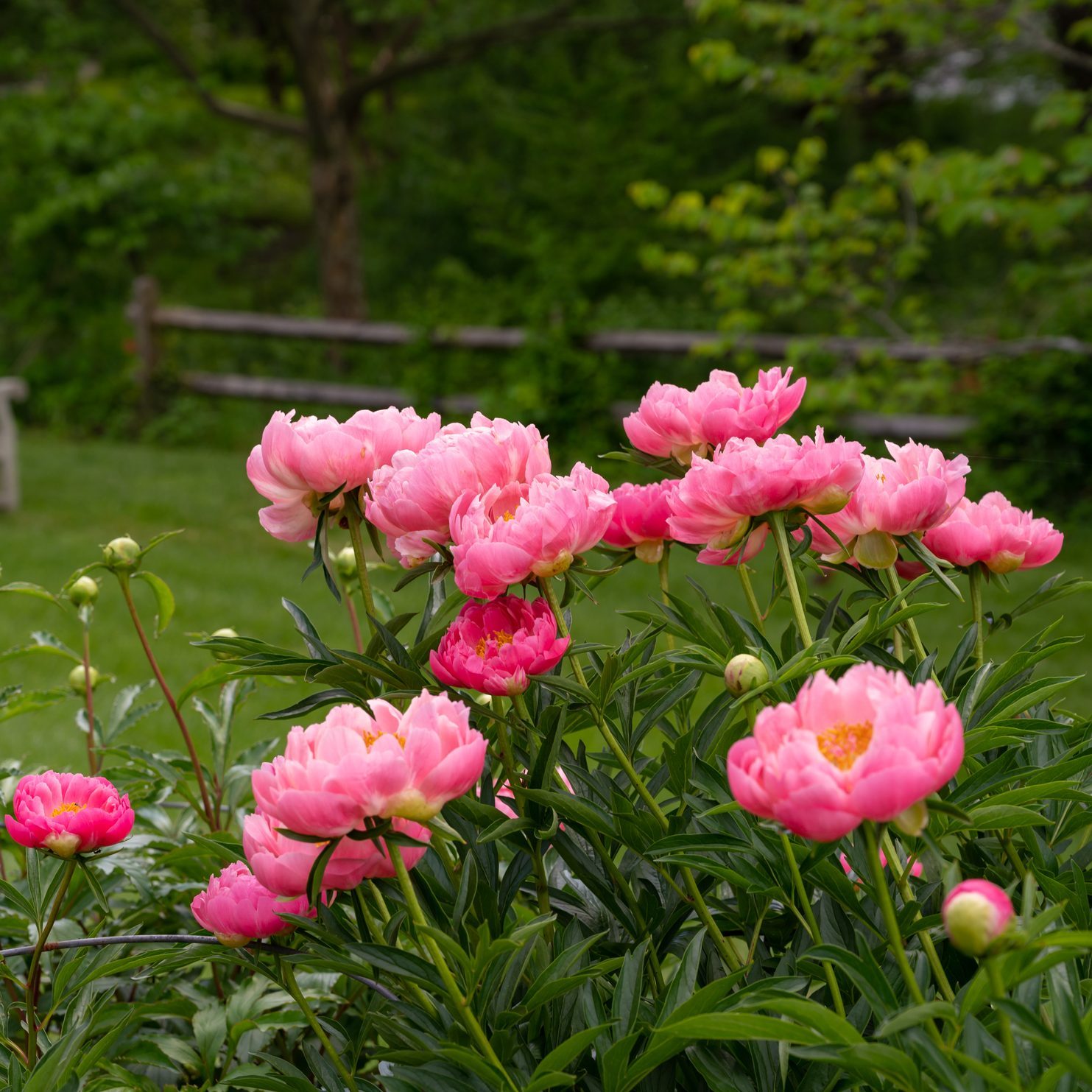
Garden Peony
For more than 2,000 years in Asia and since the early 1800s in the U.S., people have been cultivating garden peonies. A single plant can live 100 years and be passed down through several generations. You might be growing your grandmother’s peonies in your own garden today. Their longevity is matched only by their beauty as they adorn our landscapes each spring with their fluffy blossoms that emerge with much anticipation from gumball-shaped buds.
Some people become disheartened with peonies because of their tendency to bow down after a good spring rain. This can be prevented by setting a peony support ring in place as soon as the stems poke out of the ground, early in the season. Planting varieties that bear single flowers, like those in this picture, plus growing them in all-day sun will also help to prevent flopping. Garden peonies grow best in USDA zones three through seven.
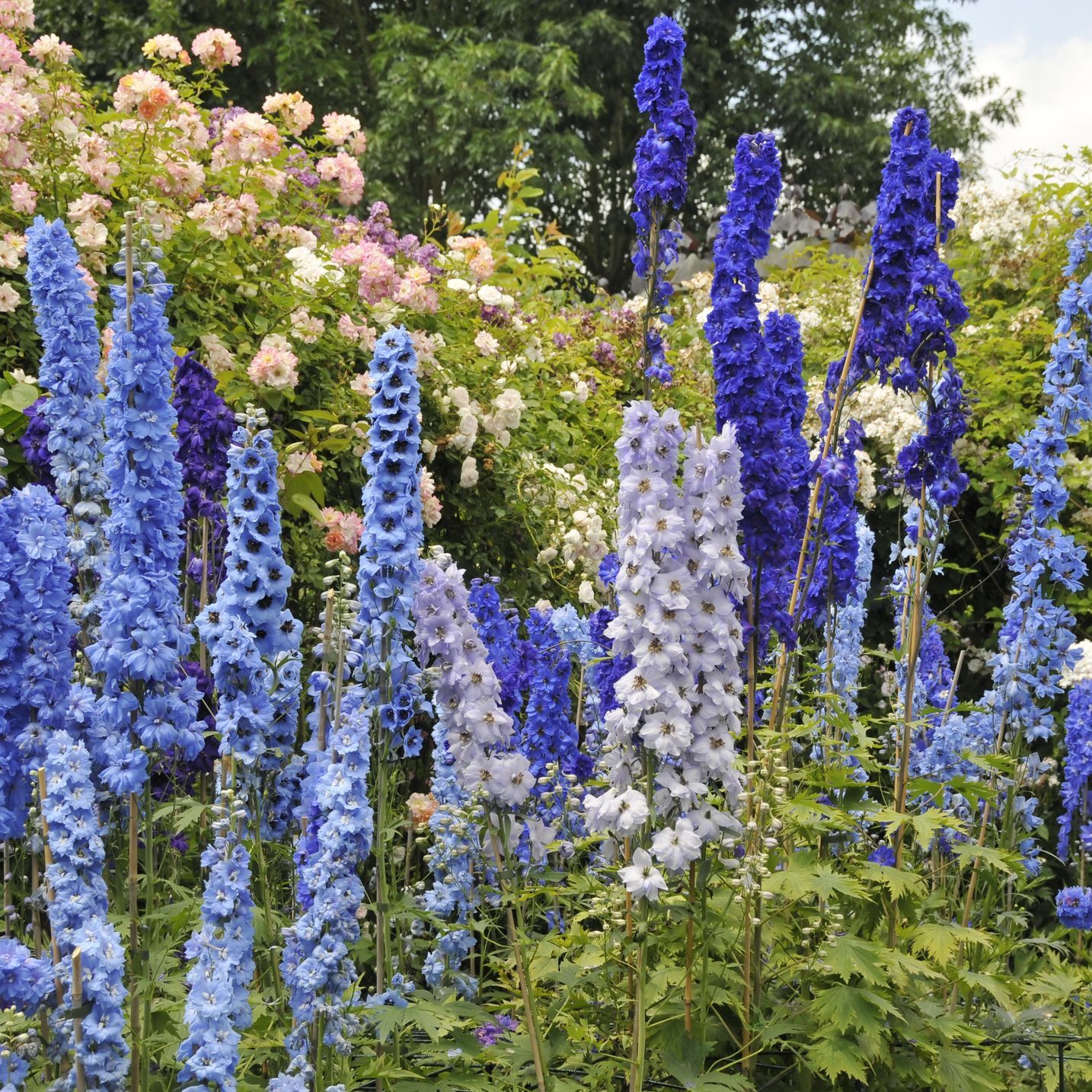
Delphinium
You won’t need to get down on your hands and knees to enjoy this perennial — it greets you face-to-face! The magnificent flower spikes of delphiniums can reach heights of four- to six-feet when they bloom in late spring in USDA zones six and seven. In cooler USDA zones three through five, they tend to grace the garden a few weeks later. You’ll be pleasantly surprised if they treat you with a second round of blooms in late summer or early fall. Look for varieties described as rebloomers on the label to increase your chances of seeing more blooms.
Because they tend to be top heavy, it’s a good idea to stake delphinium stalks using bamboo poles. Look for ones that are at least six-feet tall to support this extra-tall perennial. Planting them in a sunny spot out of the path of prevailing winds will also help keep them standing upright.
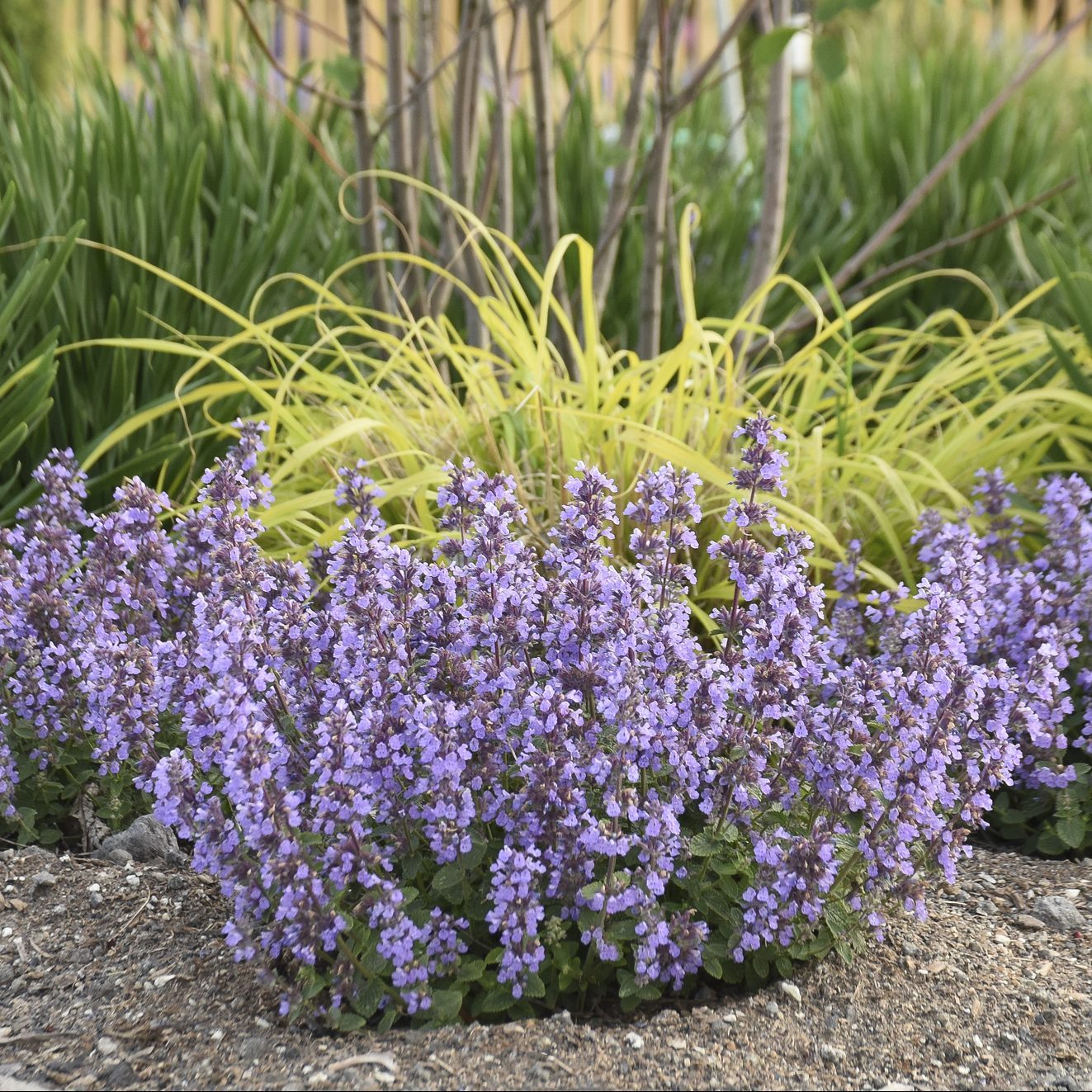
Catmint
Here’s a perennial you’ll look forward to seeing every spring. Tidy varieties like ‘Cat’s Pajamas’ catmint, pictured here, brighten up the edges of sunny perennial borders with thousands of teeny periwinkle blossoms in mid to late spring. A quick shearing of the whole plant results in repeat blooms throughout the summer and early fall. This USDA zone three- through eight-hardy perennial is a favorite of honeybees and butterflies, which makes it a perfect candidate for bordering along vegetable gardens to draw in pollinators and increase your yields.
The word “mint” in its common name can be misleading. This non-spreading, ornamental perennial (Nepeta faassenii) should not be confused with catnip (Nepeta cataria) which is a somewhat weedy species or the herbal mint (Mentha).

